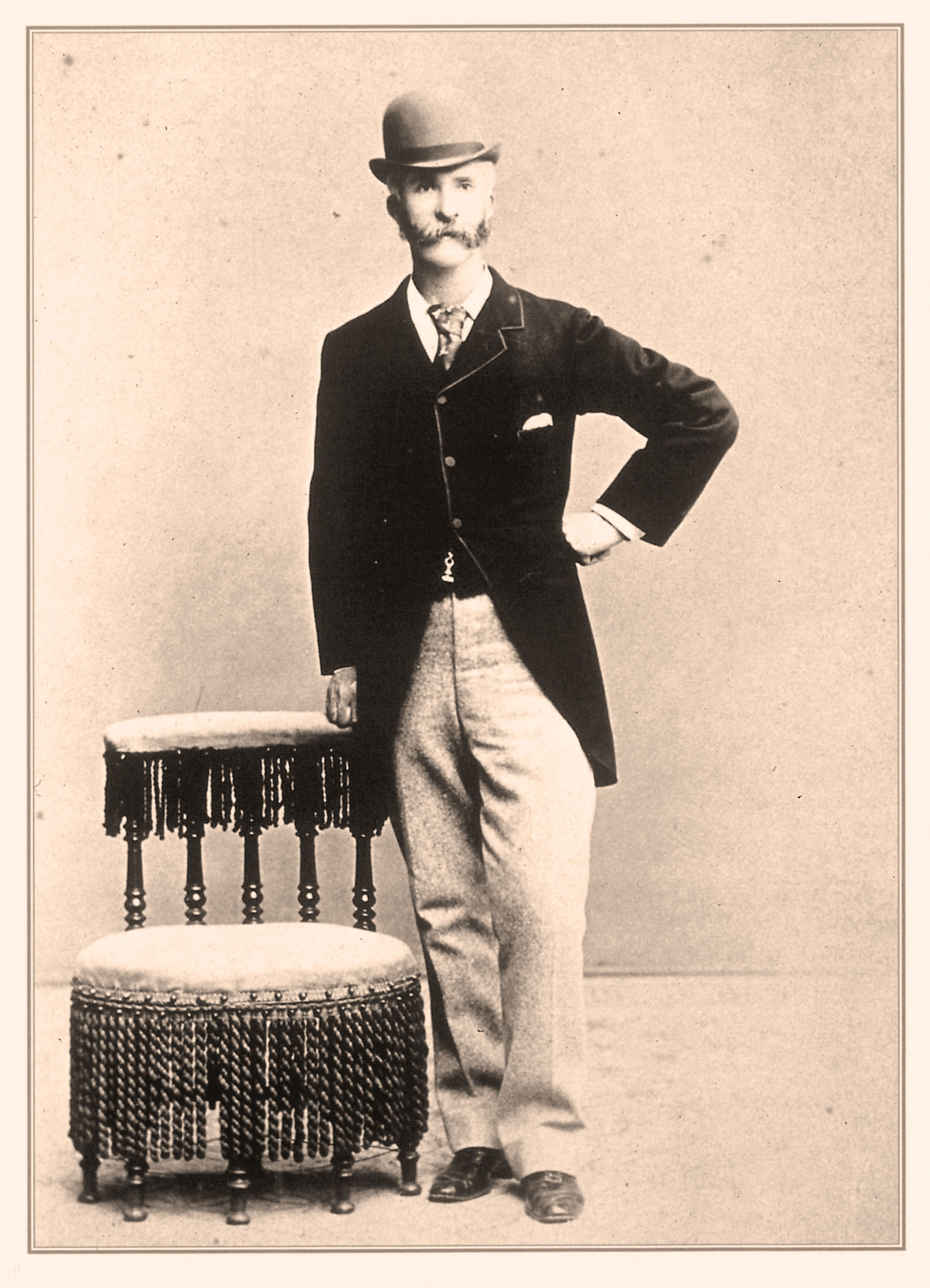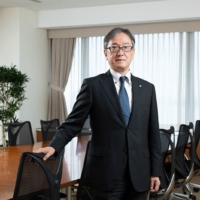This coming Friday, Dec. 16, 2011, marks the centenary of the death in his opulent home in the Shiba Park area of Tokyo's central Azabu district of the Scottish-born trader Thomas Blake Glover, who became the first foreigner ever decorated by the Japanese government when he was awarded the Order of the Rising Sun (second class) in 1908.
Despite that remarkable distinction, however, Glover's life and his contribution to the creation of modern Japan and, unknown (but not unsensed) by him, to its ultimate humiliation in 1945, has registered only unevenly and with some unease in today's still often palpably postwar Japan. And that despite it being a tale of such ambiguities, such outright roguery and cutthroat capitalism — and yet of such vision, too — that it beggars belief it has not already had the "Last Samurai" treatment.
For sure, the traditional live New Year's Eve "Kohaku Uta Gassen" ("Red and White Song Battle") televised by national broadcaster NHK was, in 2009, partly screened from Glover House in Nagasaki, his long-time home that was the first Western-style building in Japan — and which, in the British fashion, he gave a name to upon its completion in 1863: "Ipponmatsu" ("Single Pine Tree").


















With your current subscription plan you can comment on stories. However, before writing your first comment, please create a display name in the Profile section of your subscriber account page.